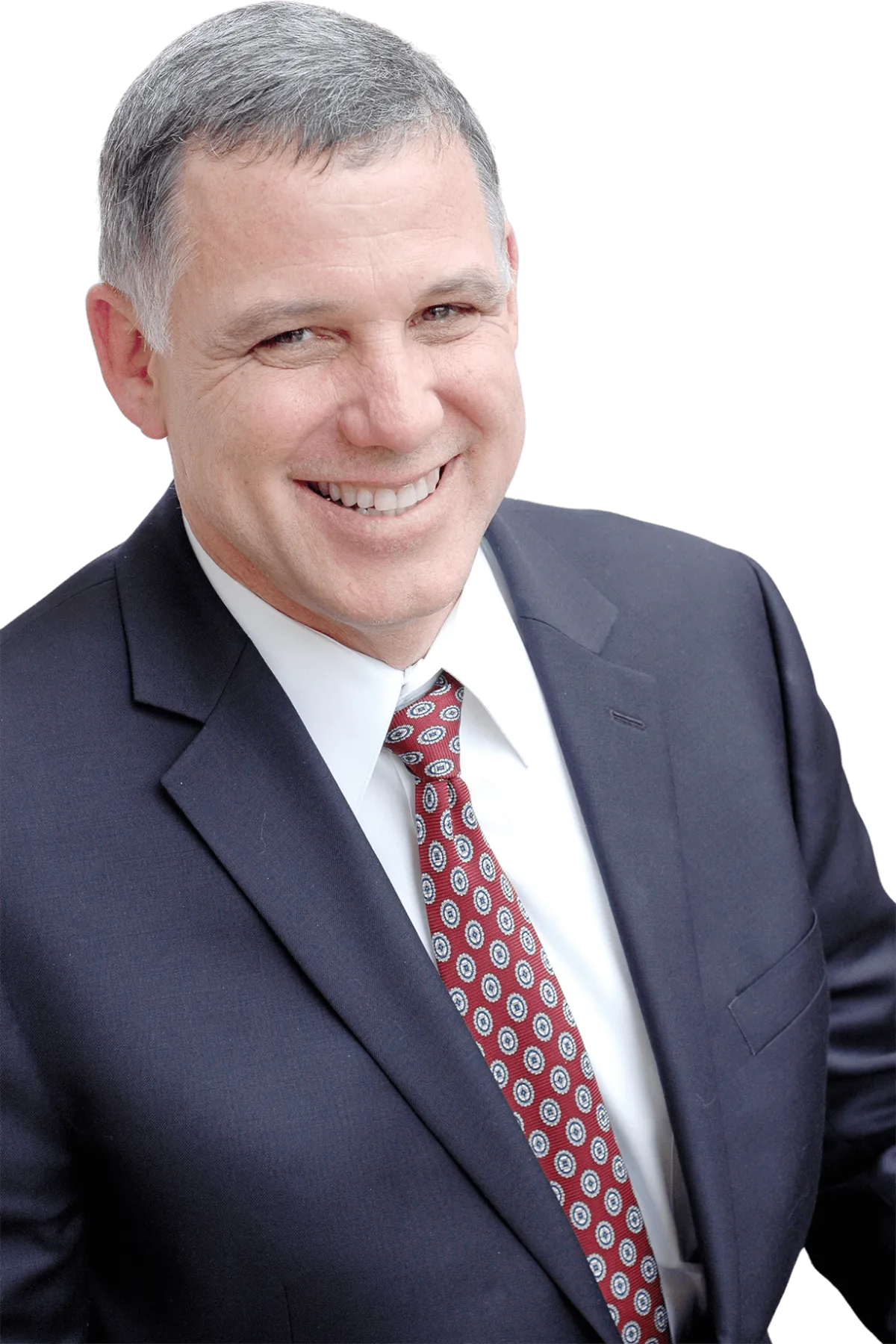WELCOME
Learn How The Most Profitable Business Owners In The World Use 'Counterintuitive Thinking' To Earn More Money, While Working Less!
Watch My Detailed Video Showing You A Simple Strategy That
DOUBLES The Bottom-Line Profit
Of ANY Business... Using The Power Of Exponential Growth!
(Hint: Your competitors are NOT aware of this)

Join the other companies who have increased their profits
with Profit Acceleration Software
And You Can Implement It In A Single Afternoon!
ABOUT PROFT ACCELERATION SOFTWARE
Watch this video to see how Profit Acceleration works!
WHAT WE OFFER
Scope Our Services

Looking for professional help that’s affordable? I will help you increase your leads and sales, generate leads, create marketing that actually produces results, increase your revenue substantially, and position your business as the dominant force in your industry.

My group coaching program will allow you to not only learn new business growth strategies from me, but also other small business owners with the same goals as you have for your own business. We will work on application of these strategies because knowledge is pointless without using it.

Using our Digital Acceleration Software™... we will detail the specific strategies that can generate massive financial breakthroughs for your business... hand you your own customized roadmap for success along with a detailed report that will position your business as the dominant force in your industry.

Everything a Small Business Owner needs to know to improve profits. Includes access to all business spreadsheets, e-classes, internet marketing videos, sales letters, profitable headlines, proven marketing material strategies, articles, tips and much more!

We will assess your business using our revolutionary new Profit Acceleration Software™. We will then detail the specific strategies that can generate massive financial breakthroughs for your business. I will send you your own customized roadmap for success along with a detailed report that will position your business as the dominant force in your industry.

Join us for Live and Virtual Events as we explore new and exciting ways to MASTER your profits. Our experts will guide you as you take away from these events actions you can implement NOW in your business. You will receive a complete workbook for you and your team to use to implement the strategies to increase your profits .
E-LEARNING
Popular Courses

Small Business
Financial Training
Management
8 Lessons
Lifetime Access!
6-8 Weeks

Virtual MBA
Business Training
Non-accredited equivalent
52 Lessons
Learn at your pace
52 Weeks

Both Financial Training with
Virtual MBA
Includes BONUS JumpStart 12
72 Lessons
Everything you need!
6-72 Weeks
Meet Coach Vertua Coaching

Vertua Coaching
Eric Merz earned his Bachelor’s degree in Marketing from the University of Phoenix. Eric started his own company (Almendros, Inc.) in 1982 and still serves as its president. He understands the challenges of bridging the gap between “working in” the business and “working on” the business. Eric has also managed a processing facility for almonds and managed properties for absentee owners.
Eric has a passion for discovering untapped potential and achieving remarkable results within individuals and organizations. He has been involved in various organizations both private and public. In 2008, Eric became a Certified Business Coach through the Resource Associates Coaching Academy. He is also certified for process improvement through the Total Quality Institute.
Trusted By
“When Covid 19 had really impacted our practice in March of 2020, I started working with Eric Merz. Since working with him, we have been able to increase the number of new patients by 72% from pre-Covid levels and the number of patient visits have increased by 66%. Eric, helps us stay focused on all aspects of our business. His questions and insights help us grow and improve. I look forward to continuing working with Eric to see what else we can accomplish.” Matthew G. Tatsuno DC
“Not only did you help improve efficiency and profitability but you enhanced the personal lives of our people. You helped us focus and Improve our sales from a negative growth position the first six months of the year and turned around to the largest year in sales ever by over $250K in a down economy. “ Michael Hawkesworth
***DISCLAIMER:
The information contained on this Website and the resources available for download through this website is not intended as, and shall not be understood or construed as, professional advice. While the employees and/or owners of the Company are professionals and the information provided on this Website relates to issues within the Company’s area of professionalism, the information contained on this Website is not a substitute for advice from a professional who is aware of the facts and circumstances of your individual situation.
Copyright 2025© Eric A. Merz Consulting | Eric Merz | 18045 Magnolia Ave., Shafter CA 93263
